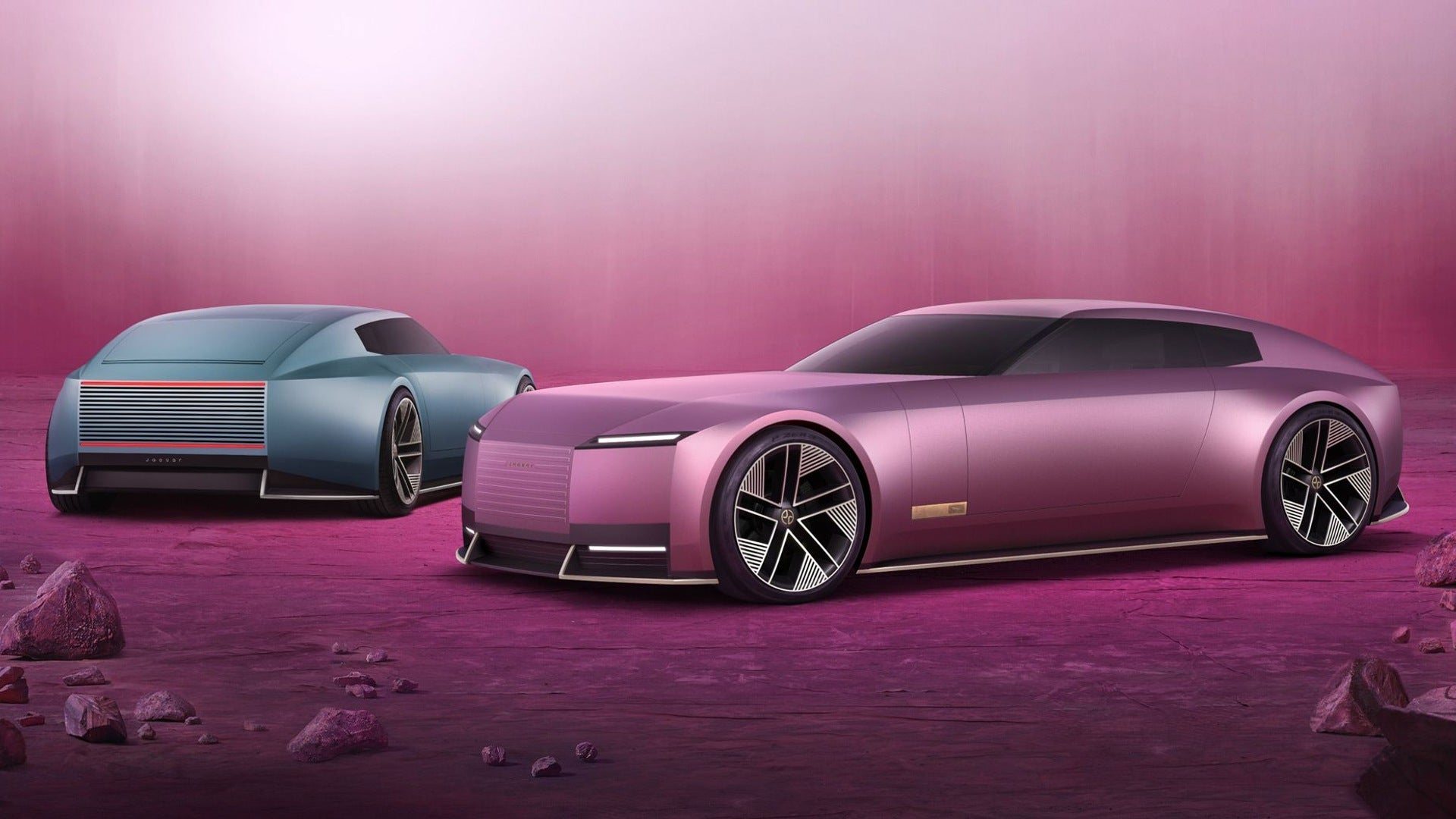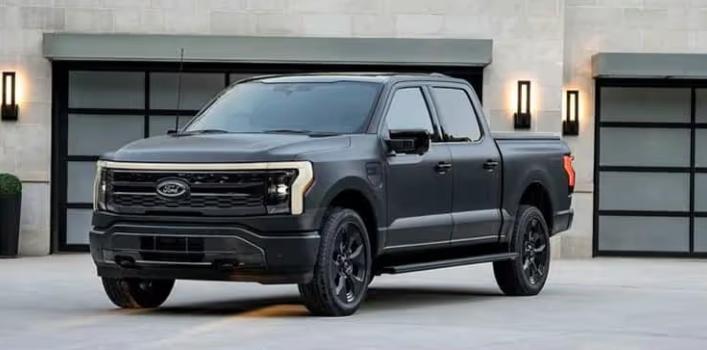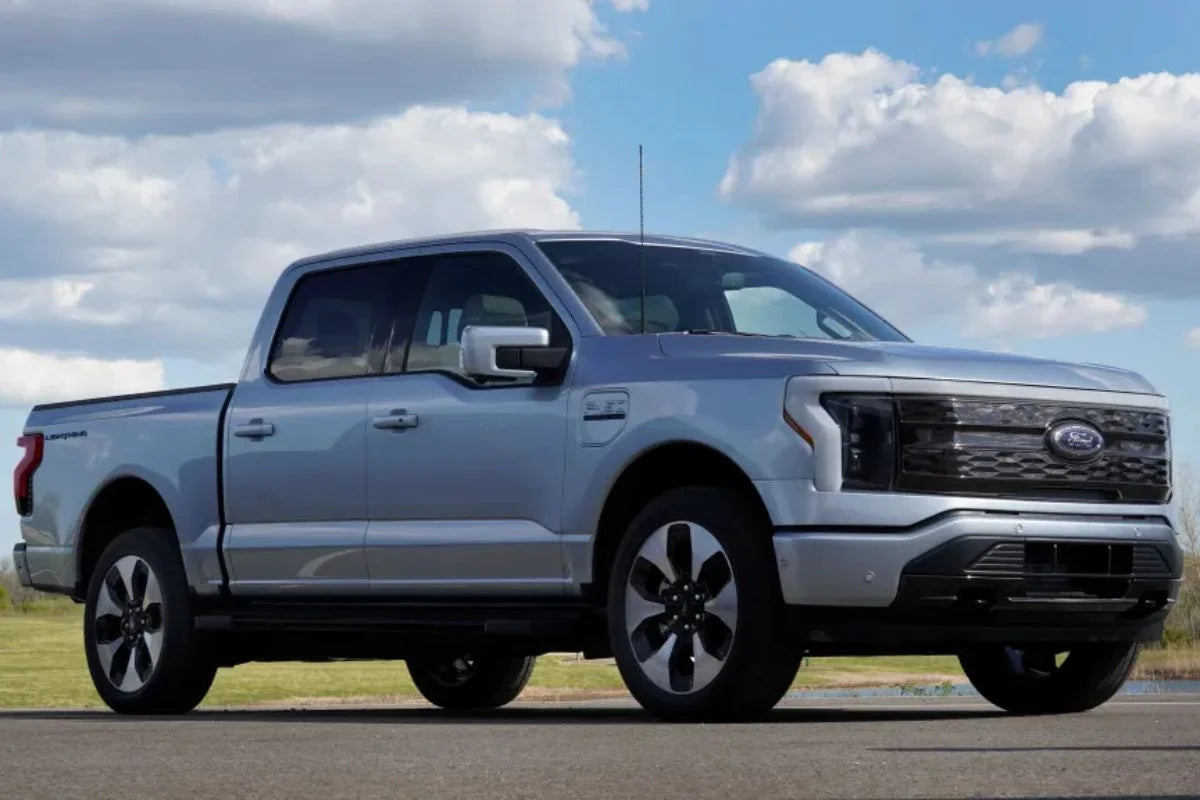Les véhicules électriques (VE) de Los Angeles continuent de transformer la façon dont les Américains se déplacent et rechargent leur véhicule à domicile. Choisir la bonne prise devient plus qu'une simple question de commodité : c'est une décision stratégique. Pour de nombreux propriétaires de VE, la prise NEMA 14-30 s'impose comme une solution sûre, économique et conforme aux normes. Mais qu'est-ce qui la rend supérieure aux anciennes options comme la NEMA 10-30 ? Et comment se compare-t-elle à des alternatives plus puissantes comme la NEMA 14-50 ?
Ce guide explore les avantages de l'utilisation d'une prise NEMA 14-30 pour la recharge de véhicules électriques , en particulier pour les propriétaires et les locataires à la recherche d'une configuration de recharge de niveau 2 fiable.
Comprendre la configuration NEMA 14-30
La prise NEMA 14-30 est une prise à quatre broches de 240 V, d'une intensité nominale de 30 A , initialement conçue pour les sèche-linge électriques. Grâce à sa compatibilité avec la recharge des véhicules électriques et aux normes de câblage modernes, elle gagne désormais en popularité auprès des propriétaires de véhicules électriques.
🔌 Principales caractéristiques de NEMA 14-30 :
| Fonctionnalité | Valeur NEMA 14-30 | Avantage pour les propriétaires de véhicules électriques |
|---|---|---|
| Tension | 240 volts | Permet une charge de niveau 2 plus rapide |
| Intensité de courant | 30 ampères | Convient aux bornes de recharge 24 A (règle de tirage de 80 %) |
| Broche de terre | Oui | Conforme au NEC, sécurité électrique améliorée |
| Conformité NEC | Code de 1996 et au-delà | Installation à l'épreuve du temps |
| Disponibilité | Courant dans les maisons plus récentes | Plus facile à moderniser ou à installer à moindre coût |
📥 Téléchargez le tableau comparatif haute résolution (PNG)
Télécharger le graphique
Texte alternatif : Tableau comparant les prises NEMA 14-30 et 10-30 pour la recharge des véhicules électriques, mettant en évidence les avantages en termes de sécurité, de tension et de conformité de la prise 14-30.
NEMA 14-30 vs. NEMA 10-30 : une mise à niveau axée sur la sécurité
Avant 1996, les prises NEMA 10-30 étaient courantes dans les buanderies. Cependant, ces anciennes prises ne disposent pas de fil de terre dédié , ce qui présente des risques pour la sécurité, notamment pour la recharge des véhicules électriques. Par conséquent, le Code national de l'électricité (NEC) n'autorise plus les prises 10-30 pour les nouvelles installations impliquant des appareils de forte puissance comme les bornes de recharge pour véhicules électriques.
🚫 Inconvénients du NEMA 10-30 :
-
Pas de fil de terre = risque potentiel de choc électrique
-
Non conforme au NEC moderne
-
Compatibilité limitée des adaptateurs et des chargeurs
À l’inverse, la norme NEMA 14-30 est mise à la terre, sûre et largement prise en charge par les chargeurs EV portables , y compris de nombreux chargeurs EVDANCE et d’autres marques réputées.
Avantages en termes de coût et d'installation
Comparé aux options à ampérage élevé comme le NEMA 14-50 (50 A), le NEMA 14-30 est :
-
Moins cher à installer : nécessite un fil de calibre 10 contre un fil de calibre 6 pour le 14-50
-
Plus facile à moderniser : remplace généralement les sorties de sécheuse existantes
-
Suffisant pour la plupart des véhicules électriques : fournit jusqu'à 24 A en continu , soit suffisamment pour reconstituer 25 à 30 miles d'autonomie par heure
📉 Coûts d'installation estimés :
| Type de sortie | Ampérage nominal | Coût d'installation typique |
|---|---|---|
| NEMA 10-30 | 30A | Non conforme au code |
| NEMA 14-30 | 30A | 250 $ à 500 $ |
| NEMA 14-50 | 50A | 500 à 900 $ |
Idéal pour les locataires et les installations temporaires
Le NEMA 14-30 est particulièrement attrayant pour les locataires, les propriétaires de copropriétés et les conducteurs soucieux de leur budget qui ont besoin d'une solution de charge non permanente et à haute efficacité :
-
Peut être installé là où des prises de sécheuse existent déjà
-
Pris en charge par de nombreux EVSE enfichables avec adaptateurs NEMA 14-30
-
Compatible avec les rallonges et les boîtiers résistants aux intempéries pour les garages extérieurs (assurez-vous de la liste UL)
NEMA 14-30 + EVSE : une stratégie de recharge équilibrée
De nombreux véhicules électriques ne nécessitent pas plus de 32 A pour une recharge nocturne. En réalité, la plupart des besoins de conduite quotidienne peuvent être satisfaits par une charge à 24 A pendant 6 à 8 heures , ce qui correspond parfaitement à l'offre d'une prise de 14 à 30 A.
💡 Conseil de pro : utilisez un EVSE homologué UL avec une prise NEMA 14-30 qui limite la consommation à 24 A pour rester dans la règle de charge continue de 80 % du NEC.
La norme NEMA 14-30 est-elle la bonne solution pour vous ?
✅ Choisissez NEMA 14-30 si :
-
Vous voulez un chargeur domestique de niveau 2 économique
-
Le chargeur embarqué de votre véhicule électrique est évalué à ≤ 32 A
-
Vous disposez déjà d'un câblage de buanderie ou pouvez installer une nouvelle prise à un prix abordable
-
Vous privilégiez la sécurité et la conformité
❌ Envisagez des alternatives si :
-
Vous possédez un véhicule électrique avec un chargeur embarqué de 48 A et avez besoin d'une charge plus rapide
-
Vous connectez un EVSE permanent
-
Vous avez besoin d'une prise universelle pour les camping-cars et les gros appareils électroménagers (NEMA 14-50 peut être mieux)
Conclusion
La prise NEMA 14-30 offre un équilibre judicieux entre sécurité, rapidité, prix abordable et conformité pour les propriétaires de véhicules électriques. Que vous installiez une nouvelle prise, que vous remplaciez une ancienne prise de sèche-linge ou que vous recherchiez une solution adaptée à la location, la 14-30 est une solution évolutive qui répond aux exigences de recharge modernes sans complexité ni coût inutiles.
À mesure que le secteur des véhicules électriques évolue, choisir la bonne infrastructure à domicile est aussi crucial que choisir le bon véhicule . La norme NEMA 14-30 prouve qu'il n'est pas nécessaire d'avoir un ampérage maximal pour une praticité optimale.
Lecture recommandée : Comprendre la prise NEMA 14-30 pour la recharge des véhicules électriques : un guide complet








Partager:
Comprendre les différences entre les prises NEMA 10-30P et NEMA 14-30P
NEMA 5-15 vs 6-20 vs 14-50 : Choisir la prise adaptée à la charge de votre véhicule électrique